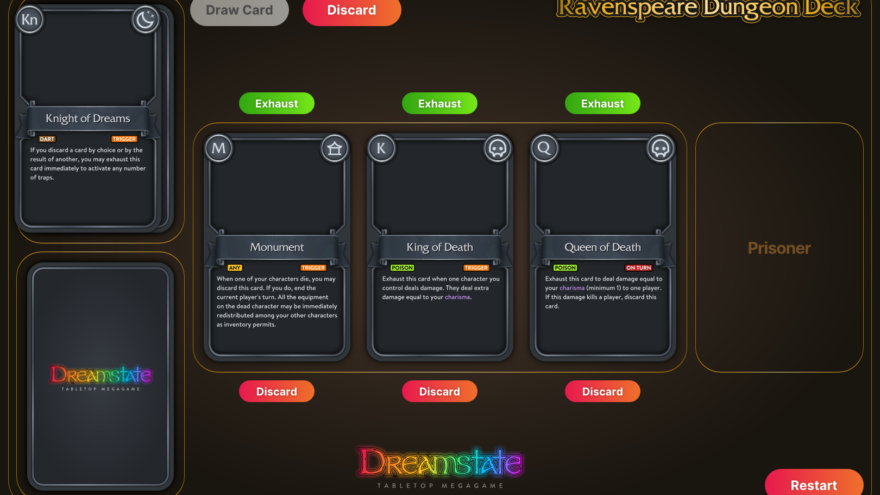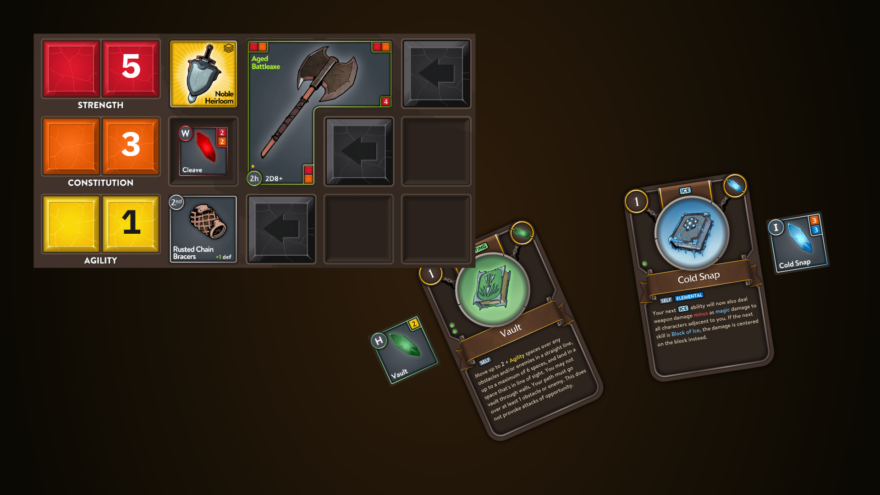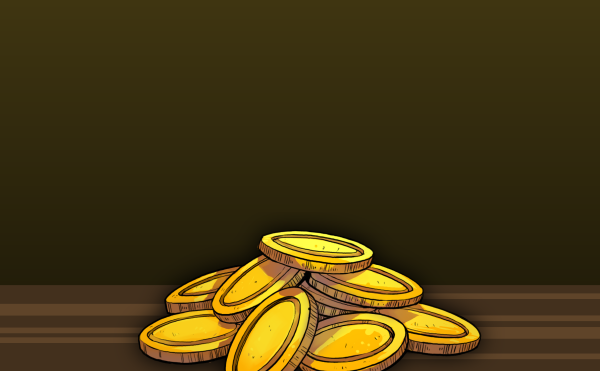I believe it was the second isometric action RPG ever made. It doesn’t look like modern ARPGs, but it’s arguable this game, published in 1992, put the genre on the map. What this game and modern ARPGs share are 1) the isometric view, 2) combat happens in real time, and 3) you control one hero. While I welcome the many innovations the genre has underwent over the past 27 years, many brilliant features were abandoned and then totally eclipsed by the wildly successful Diablo, released just 3 years later.
I’ve probably read 30-40 threads and posts on the topic “What is the best RPG of all time?” and what tends to happen, as noted also by many other commenters, is that people tend to vote for the game(s) that bring back the most nostalgia. Each generation tend to vote for the game(s) that defined the genre for them. Right now it’s The Witcher 3, or Dark Souls, before that maybe Skyrim, and so on. I’m no different as I always offer two PC RPGs that defined the genre for me, both released in 1992. Chrono Trigger, a game I’ve never played, seems to do well to somewhat defy this tendency, but that’s another topic. If you would like to try and guess the specific game I am referencing in this post, leave a comment and I’ll respond.
That said, I don’t want design inspiration to be motivated by nostalgia. I believe there’s real game play value to be mined from this old game and there’s some math to back it up. In addition, the success of newer games that leverage older game play, like Legend of Grimlock, are evidence that some of these design decisions are valid and attractive to players.
Keep in mind Gambit is a tabletop game, but it plays different than your average tabletop game. To say Gambit is inspired by previous tabletop and video games is valid.
The retail box of this old PC game had a message printed on it that guaranteed over 100 hours of game play. Without cheating, that promise was delivered in spades as it took me well over 100 hours to complete. Now get this: there were only 259 items in the game. Despite such a low number, every cache of treasure elicited immense satisfaction, nearly every item was useful, and nothing ever felt stale. Each level was full of puzzles and difficult combat, yet rarely a boss fight, and success yielded rewards that felt earned by careful thought, not necessarily by time spent. It was evident that there was a real relationship between the level and the loot.
For comparison, modern ARPGs have mostly followed the Diablo model. The levels and loot are randomly generated and scale up at each subsequent level. For a modern ARPG to have tens of thousands of generated items is standard fare (and that is likely a low estimate). This shifted the game from solving the puzzles and encounters to grinding for the gear to be strong enough to kill each level’s boss. In the old game, enemies had to be managed and the environment leveraged. In modern games, enemies die in one or two hits, increasing their pace. In essence, progress in modern ARPGs is measured in time spent that is very much felt. Progress in the older game was measured more so in careful thought and problem solving, which are time consuming, but always seemed less felt as the player poured over the puzzles and challenges. Some modern ARPGs invite careful thought, but it’s shifted into min-maxing skill specs. For some players, this is sufficient for an enjoyable experience. I’m not saying this is bad, but the trade offs are evident.
I’m expecting Gambit will easily exceed 1000 items at launch, not to mention all of the level tiles, skill cards, and other assets. The result will be a substantial retail box (we already have hundreds of art assets created). Gambit’s levels are hand crafted with intentionality, in the vein of the old style ARPG where the levels have a close relationship with the loot. Yet, we are also offering an innovative approach to character builds, which will likely entice min-maxers to play with. Not only will puzzles need be solved and challenging encounters overcome, we are introducing a semi-cooperative innovation that forces players to work together and compete with each other. While combat will generally be cooperative, there are numerous special encounters with up to 11 different outcomes depending on which players are engaged that will force players to think carefully about how to proceed.











Shadowlands was dope but frustrating as hell.
Really good guess, but not the game I’m thinking of. I imagine a lot of the games in the RPG genre at that time had similarities.